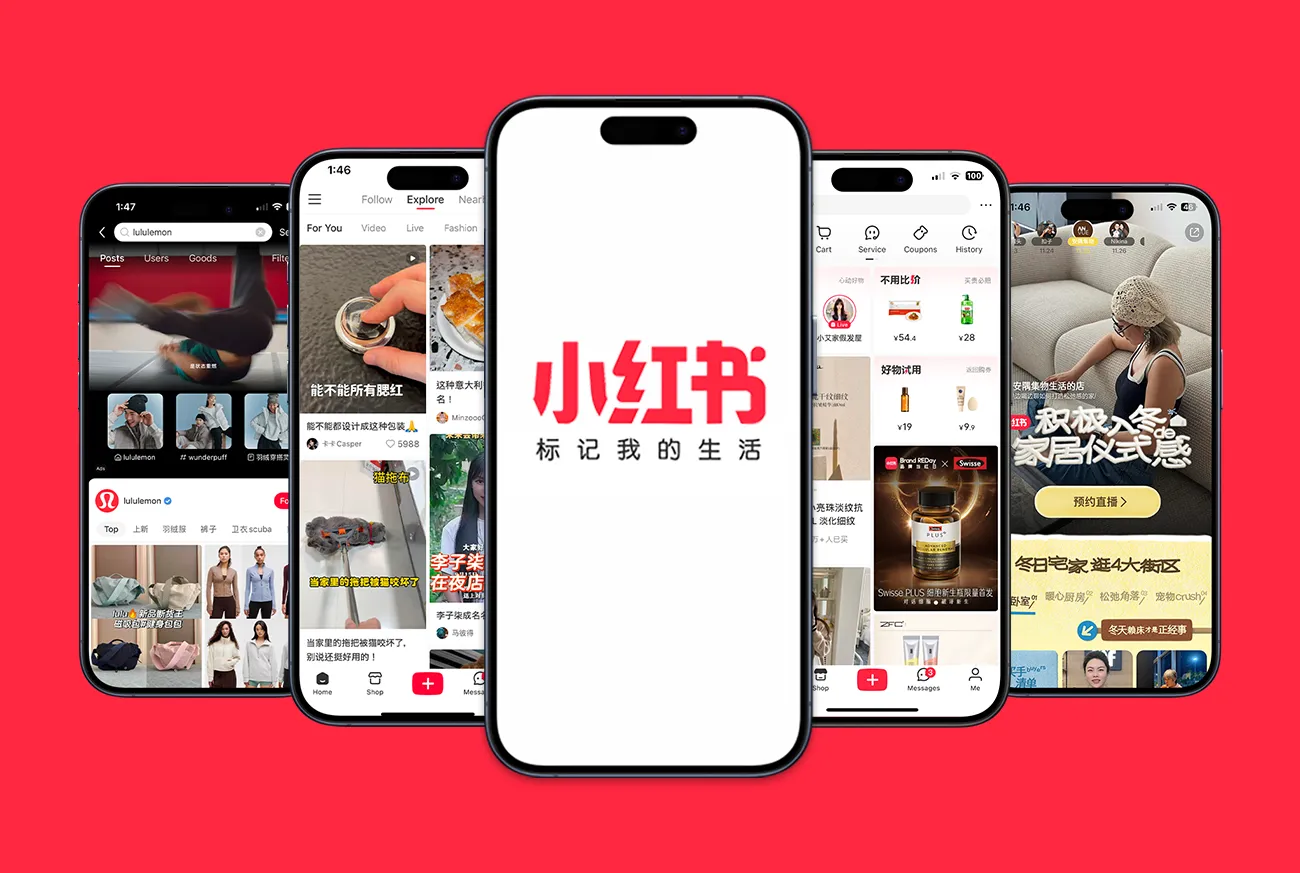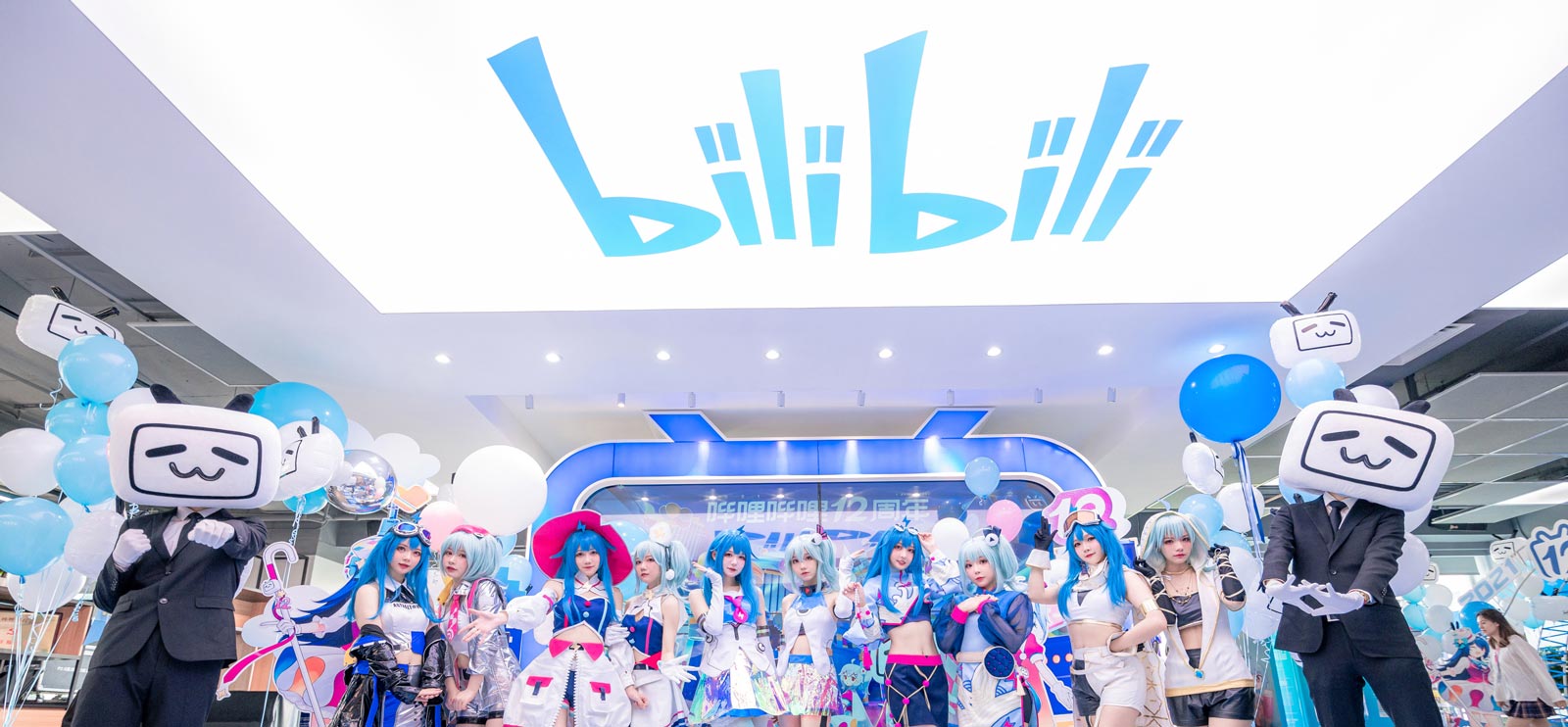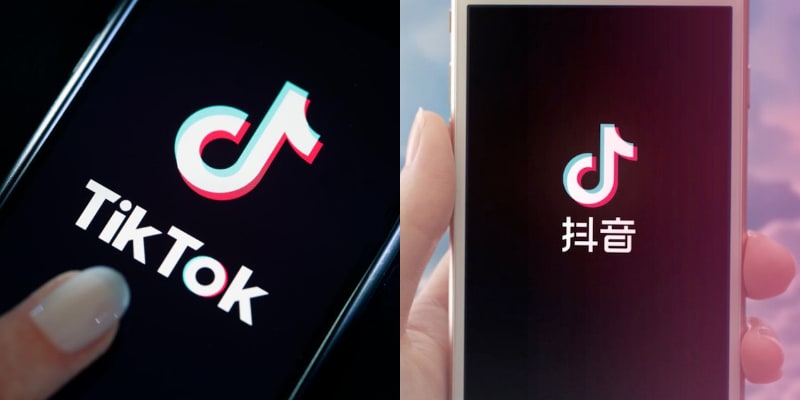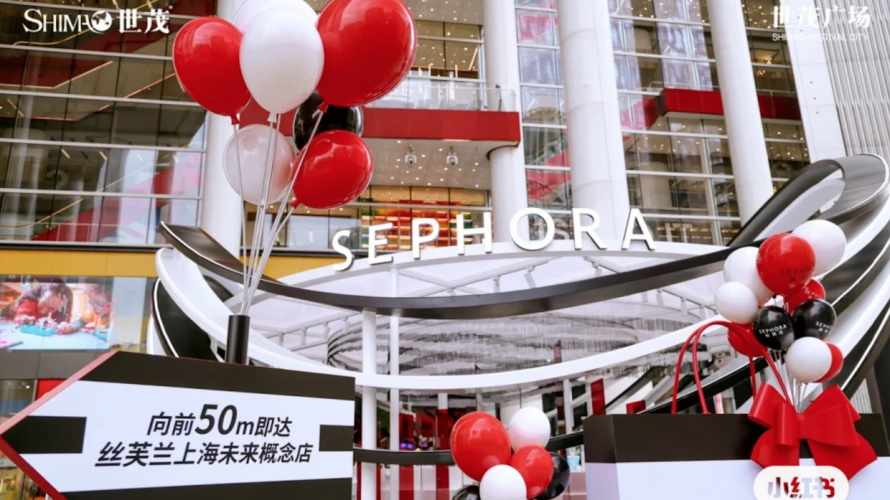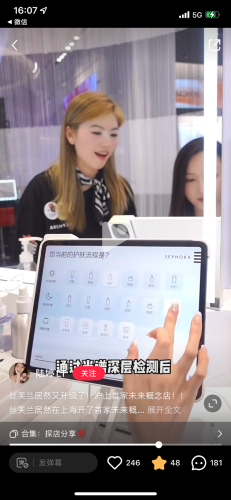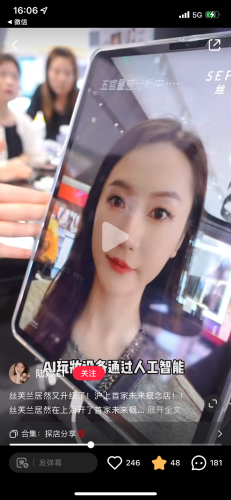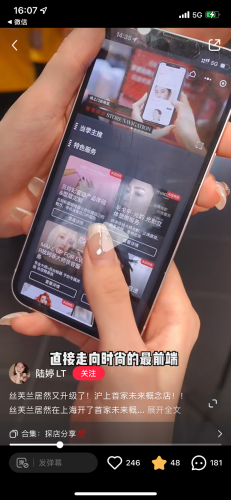1. Estée Lauder taps Asia’s male beauty market with Manchester United partnership
-
Beauty and skincare giant Estée Lauder has inked an exclusive partnership deal with Manchester United in hopes of tapping the club’s fans in China and the Asia Pacific region.
-
In China alone, the men’s beauty market was projected to surpass $10 billion in 2022 and could reach $33.4 billion (240 billion RMB) by 2027.
-
Most male consumers may be relatively new to the skincare game, especially when it comes to premium products.
-
In the first half of 2023, the GMV of men’s makeup on Douyin surged by 364.6 percent year-on-year. With this market being especially open to beauty and grooming, we’d bet that a clever campaign could work wonders.
LINK: https://jingdaily.com/estee-
2. Male beauty’s next growth engine: Douyin
-
In the first half of 2023, the gross merchandise value (GMV) of men’s makeup sold via Douyin surged 365 percent year on year – Tmall and Taobao combined achieved 6.7 percent growth in the same period.
-
Chinese male beauty brands are quickly expanding on the short video app. Domestic labels claimed seven spots on Douyin’s top 10 best-selling mens’ skin care list, whereas international brands took three places.
-
Male skincare buyers’ profiles: Last year, 70 percent of men’s beauty purchases were made by women, according to a 2022 report from Xiaohongshu. But male buyers have caught up, now accounting for half of male cosmetics purchasers on Douyin.
-
The average age of the male makeup user is between 18 and 30 with an average price of $9.7 (69.2 RMB), significantly lower than on other platforms like Tmall and JD.com.
-
Cooperating with KOLs has proven to be a quick and effective strategy for businesses that want to scale up brand awareness. These influencers are crucial for spreading knowledge about beauty routines.
LINK: https://jingdaily.com/male-
3. McKinsey: Chinese consumers, brands ‘cautiously optimistic’ on tourism and spending
-
Chinese consumers are looking for better deals and sales across platforms like Douyin and Pinduoduo, where products are often sold for “half or less” than on more established competitor shopping apps.
-
McKinsey found that while many remained loyal to their favorite brands, 47 percent of respondents reported switching retailers to obtain a “lower price/discount.”
-
Travel, restaurants and apparel were the top categories consumers were spending on, the survey revealed.
-
However, international travel in June was still 58 percent lower than pre-pandemic levels, though the number of outbound flights from China is “rising rapidly.”
LINK: https://jingdaily.com/
4. China ecological transition: a green revolution led by consumers
-
Keeping balance between satisfying the demand of country’s market, while preserving sustainable standards is challenging
-
Chinese consumers are demonstrating a higher attention to environmental issues compared to the previous years, this trend being reflected in several factors, from carbon emissions to locally produced goods.
-
In this sense, the pandemic has represented a turning point for the development of this trend inside consumer’s mindset, many of which are now willing to pay more for environmentally friendly products.
-
Case study of KFC: Thanks to “Exploring Carbon Reduction” and “The Journey to Carbon Neutrality” initiatives, introduced in their super App, KFC carried out a green rewards program that encourages consumers to not use disposable cutlery, favor in-store pickup, engage in waste sorting, etc.
LINK: https://mp.weixin.qq.com/s/
5. Pink burgers, platform Crocs and Malibu dream houses: Barbie’s global collab craze
-
Resale site StockX reported to Jing Daily it had seen more sales of Barbie products in July 2023 than any other month in the company’s history, double sales in July 2022.
-
Among so many names jumping onboard, from Vans, Kipling and Gap, to Pacsun and Nyx, one breaking through the Barbie collaboration noise online is Zara. The Spanish retailer launched a collection on July 21 (the movie release date) inspired by the fashion seen on screen, including a gingham dress, silk pajamas, and other clothing and accessories items
-
Though Zara, Vans, Nike’s Dunk Low sneaker, and Chanel’s themed efforts with the movie all made their way onto social media in China, the clothing and accessories collection from local fashion brand D’izzit is trending in the mainland.
-
Barbie mania is reaching all corners of commerce, from fashion all the way through to luxury hospitality. The W Hotel in Osaka, Japan, is one that’s proven a hit among netizens.
-
Thanks to Barbie nostalgia being at an all-time high, the IP’s pulling power feels unbeatable. Some consumers might be all pinked out, but this is definitely not the end of Barbiecore.
